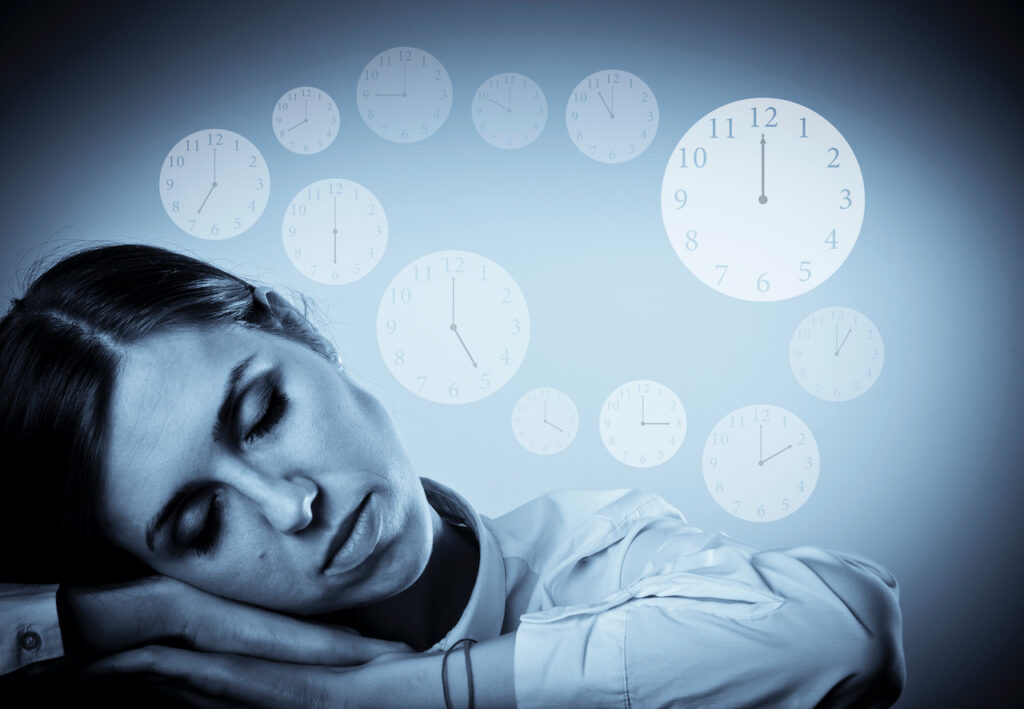
Single-night sleep studies can lead to misclassification of sleep apnea severity for many reasons, including first night effect. If misdiagnoses from single-night studies are common, one solution may be the availability of a more technologically advanced, flexible and easy to use home sleep apnea test that can both produce a great deal of patient data (including body position) and can be used for multiple night studies.
It’s safe to say that many variables influence a sleep apnea diagnosis of OSA (obstructive sleep apnea). Chief among them, of course, is the number of apneas plus the number of hypopneas occurring, on average, per hour. This number creates the well-known Apnea-Hypopnea Index or AHI. But there are many other variables that can influence how your patients sleep. Some can be measured during a sleep apnea test, such as oxygen levels, heart rate, breathing rate and airflow. Other variables are known and can be used toward diagnosis—for example, patient age and medical history, including medications taken, and alcohol use. But some variables that can have a major impact on sleeping (and, therefore, the AHI) are not commonly considered, such as body position and the composition of sleep stages.1
A recent study looked carefully at this, to determine how influential these two variables (body position and sleep stage) were in calculating obstructive sleep apnea (OSA) severity. In the study, half of the patients had > 2-fold worsening of the AHI in REM sleep, and 60% had > 2-fold worsening of AHI while supine.1
Importantly, misclassification—”specifically underestimation of OSA severity—is attributed more commonly to body position (20% to 40%) than to sleep stage (~10%).1”
For example, summarizing study results relative to sleep position dependence, the authors noted “the results suggest that in our cohort the potential for misclassification based on body position was substantial and affected all OSA severity categories; in some cases, those with overall AHI values <5/h had supine AHI values in the moderate or even severe range.1”
As for sleep stage, the study pointed out that although “the population-level risk of AHI underestimation due to decreased time spent in REM sleep was small, individual patients can clearly be misclassified on this basis.1”
The authors concluded that reliance “on a single night of sleep data continues to represent a challenge to OSA diagnosis, decision making, and research phenotyping because a single night of sleep often does not provide sufficient examination of all combinations of sleep stages and body positions.1”
Home sleep apnea testing with the WatchPAT ONE, WatchPAT ONE-M and WatchPAT 300 devices utilizes PAT technology to provide a robust data set including; AHI, OSA and Central sleep apnea, body position, sleep stages and REM sleep all with an at home sleep study.
References:
- Eiseman NA; Westover MB; Ellenbogen JM; Bianchi MT. The impact of body posture and sleep stages on sleep apnea severity in adults. J Clin Sleep Med 2012;8(6):655-666.
